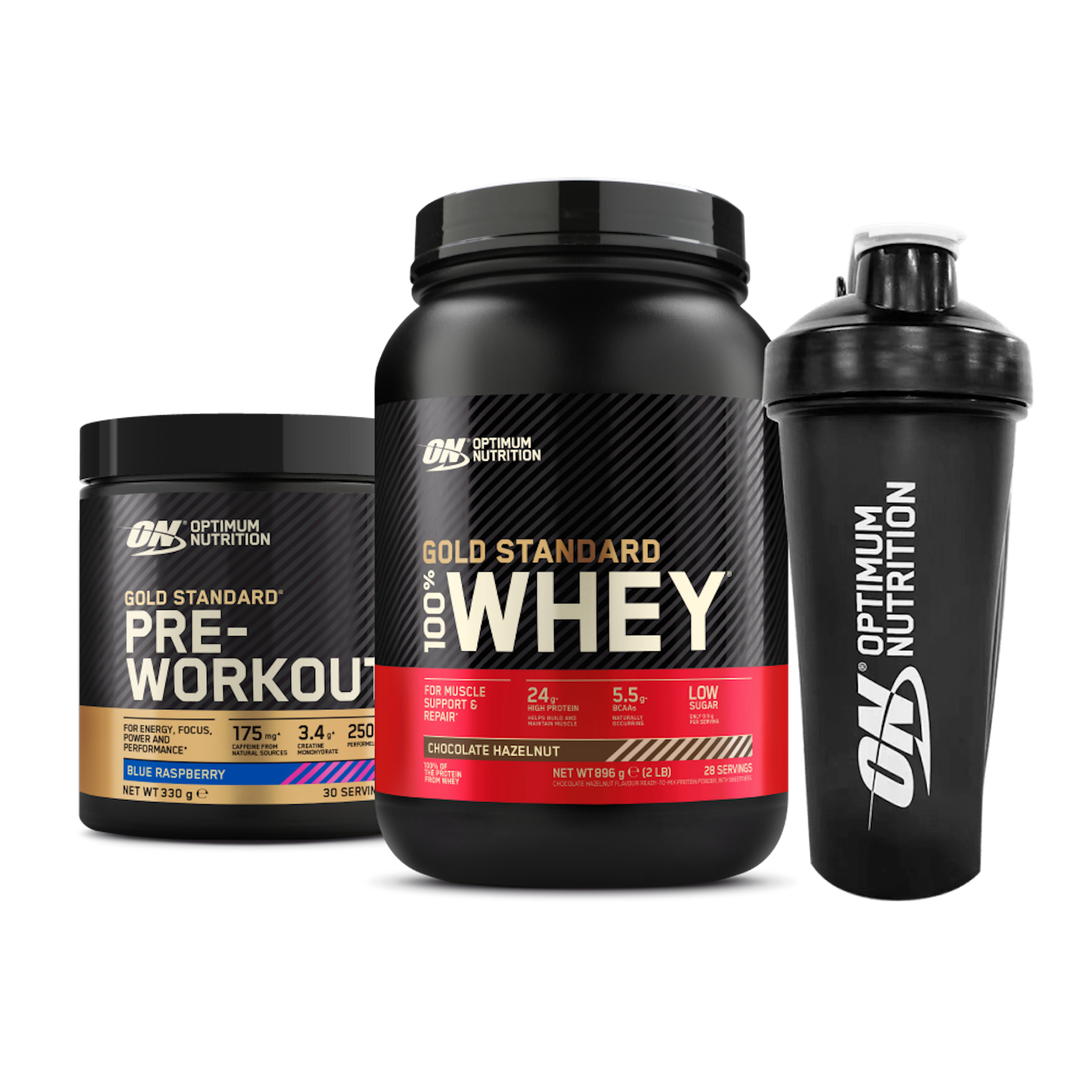Resistance-band exercises have been all over social media during the pandemic. In case you aren’t familiar with them, resistance bands are similar to an elastic band, usually made from a synthetic fibre like latex or rubber. You can loop them around your legs or arms, for example, which helps create more tension while you work out. This tension makes it more difficult to do movements and engages more muscles, which some claim will help you build strength and muscle.
Many of us know that strength training is important. Not only can it help us build strength, it can slow muscle deterioration as we get older, while increasing muscle mass can also increase metabolism. While you can build some strength through bodyweight-only exercises like squats or lunges, often the key to building a greater amount of strength is by creating resistance.
This is often done using weights or weight machines. But in recent years – especially at the height of the pandemic – resistance bands have become a popular way of creating this resistance to build strength. This means you can get the benefits of extra strength without needing to spend hours in the gym lifting weights.
Resistance bands can be used easily at home, don’t take up much room, and are cheap, which may be some of the reasons they’re so popular. Different bands also have different levels of resistance – such as light or heavy – which work your muscles with different degrees of difficulty, making them suitable for people of all different fitness levels.
Research shows that strength gains from using elastic resistance bands are similar to training with dumbbells or weight machines, benefiting not only the average person but also benefit athletes. Resistance-band training can even increase the stabilizer muscles to a greater extent than weight training. This muscle group is important as it supports our larger muscles and joints during movement and helps us from getting injured. Strengthening them can improve movement and stability, and is why resistance bands are often used for rehabilitation.

Meanwhile, older people can benefit from using resistance bands where using free weights is not always practical – perhaps because they can’t easily get to a gym, for example. Not only is exercising with resistance bands safe for older adults, it can help reduce frailty. Resistance bands can also improve balance, flexibility and body composition (less body fat and more muscle).
Pros and cons
It’s thought that around half of those who start weight training using traditional weights give up within one year due to the logistical difficulties and financial costs. Resistance bands may be an easier way to build strength and may encourage people to use them long-term.
All the same, they have their drawbacks. You only reach the maximum resistance when the band is extended as far as it can go. But with free weights, resistance is consistent throughout the movement. You can also easily add more resistance (by lifting a heavier weight) or remove resistance (decreasing the weight you’re lifting). Though you can use a band that has greater resistance to get more strength gains, these gains may not be as great as with using weights.
So while the strength gains from doing exercises with the resistance bands are similar to conventional methods such as free weights a review, you can work against greater resistances with free weights, so in this instance, you will gain greater strength. There is some support for using resistance bands in conjunction with free weights to maximize strength gains: with the fixed resistance from the free weight and the varied resistance from the resistance band.
But while it’s important to understand these limitations with resistance bands, they can still be an effective way to build muscle and strength. Given that they’re cheap and easy to access, they may be a good option for people getting started with exercising or who don’t want to pay for a gym membership. This means almost everyone can get the benefits of strength training without needing to lift heavyweights.
- $5.95 Ground Shipping On Any Purchase In The US! – Shop Now!
- Introducing 7-DAY CLEANSE by NU-TEK Nutrition®. This convenient yet potent cleanse features concentrated amounts of key herbs and botanicals! No bitter-tasting juices or bad-tasting powders
- Give your connective tissues some love with REJUVIX JOINT™ by Xcelerated Performance Products®







